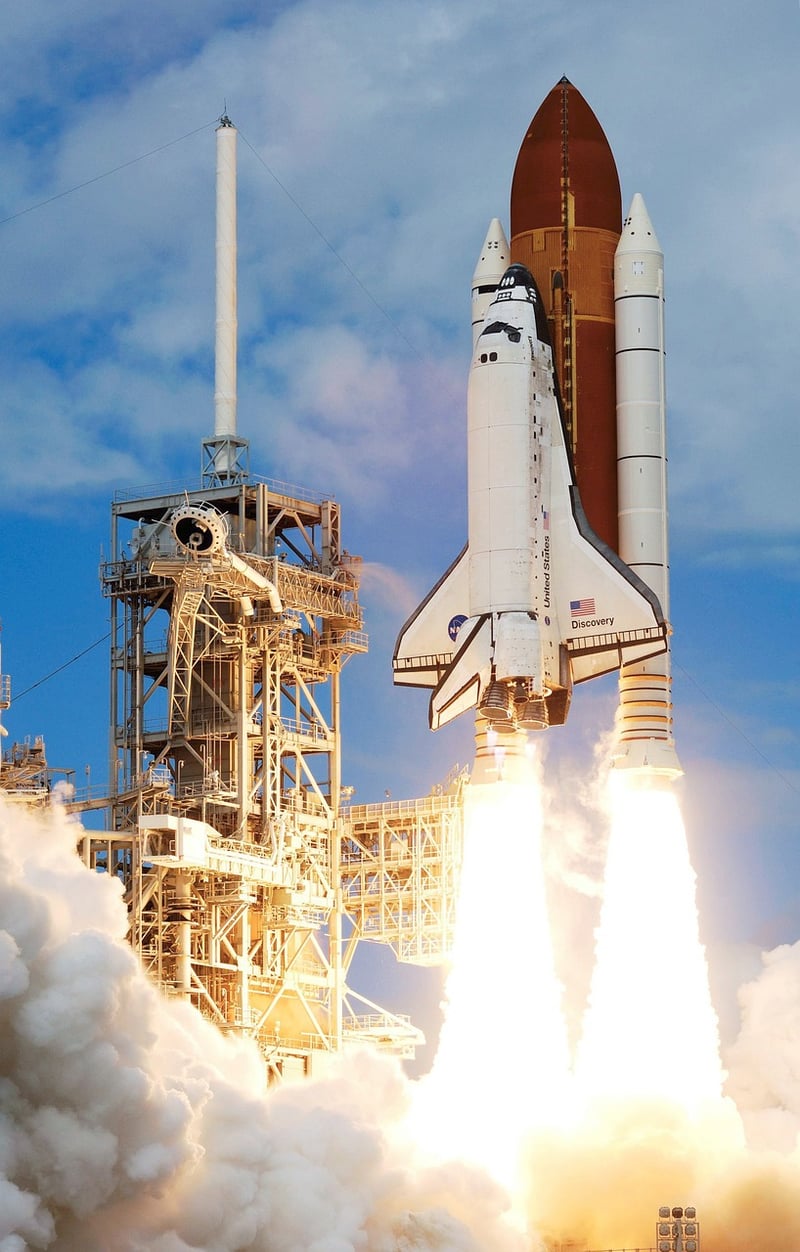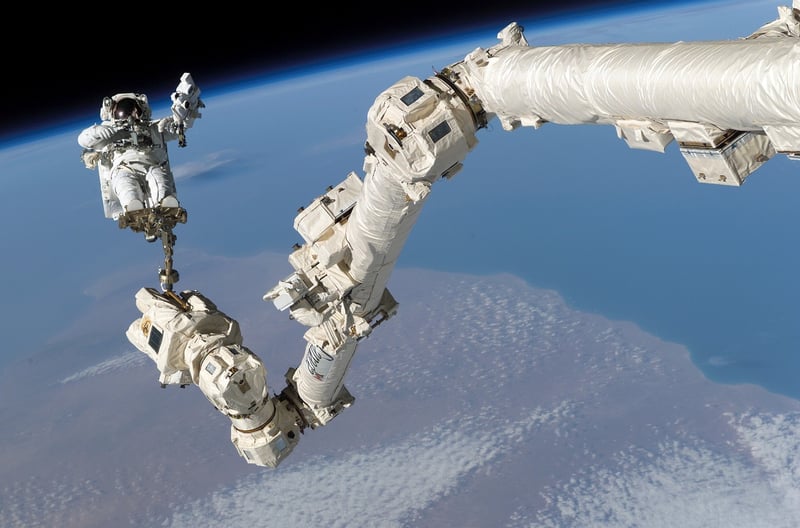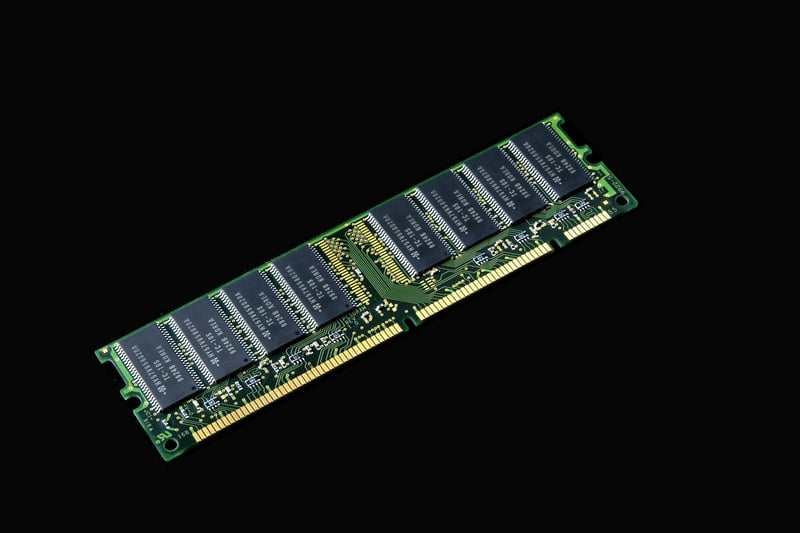Habitat Modules Design
Advancing Exploration Technology and Habitat Module Design

Exploration of outer space has always been a fascinating endeavor for mankind. Over the years, significant advancements have been made in exploration technology, enabling us to delve deeper into the mysteries of the universe. One crucial aspect of space exploration is the design of habitat modules that can support human life in the harsh environment of space.
Exploration Technology
Technological advancements have revolutionized space exploration. From the development of powerful rockets to sophisticated rovers and telescopes, our ability to explore space has been greatly enhanced. Satellites orbiting distant planets provide us with valuable data, while probes have been sent to explore the surfaces of celestial bodies.
Future Tech
The future of exploration technology looks promising with the development of advanced propulsion systems, space habitats, and robotics. Concepts like ion propulsion and solar sails could revolutionize deep space travel, making distant planets more accessible. Furthermore, the use of AI and machine learning in space missions can enhance decision-making processes and data analysis.
Habitat Modules Design
Designing habitat modules for space missions is a complex task that requires careful consideration of various factors. These modules must provide a safe and comfortable living environment for astronauts, protecting them from the harsh conditions of space.
Sustainability
Future habitat modules are being designed with sustainability in mind. Concepts like recycling systems, hydroponic gardens for food production, and efficient energy use are being incorporated to ensure long-term habitation in space. This approach not only reduces the need for regular resupply missions but also minimizes the impact on the environment.
Modular Design
Modular design is a key aspect of habitat module design. By creating modules that can be easily assembled and disassembled, space agencies can adapt to changing mission requirements and expand their living space as needed. This flexibility is essential for long-duration missions to distant planets.
In conclusion, the advancement of exploration technology and habitat module design is crucial for the future of space exploration. By harnessing the power of technology and innovative design principles, we can push the boundaries of human exploration further into the cosmos.
Join us in this exciting journey as we strive to unlock the mysteries of the universe and make space exploration a reality for future generations.

Explore more about space exploration at NASA.
